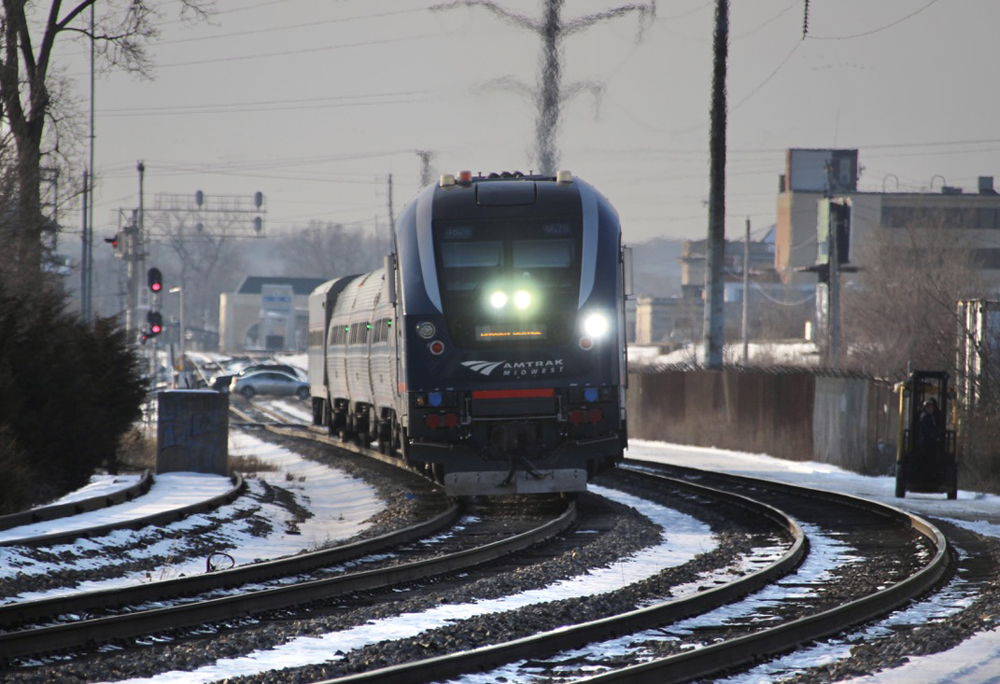
WASHINGTON — Three significant issues remain to address concerns by operators of Amtrak’s state-supported services over cost-allocation practices by the national passenger operator, according to a new report from the Amtrak Office of Inspector General.
Concerns over these issues “affect [state agencies’] trust in Amtrak, with about one third telling the OIG they have low trust around cost-sharing issues,” the Office of Inspector General said in a press release announcing the report. “… The resulting tensions have consumed significant time and effort and may hinder progress on issues beyond cost-sharing.”
The allocation issues led California agencies to ask legislators to address their concerns in 2020 [see “California corridors ask Congress to revise Amtrak cost formulas,” Trains News Wire, Dec. 11, 2020], and to a congressional requirement to improve accounting methodology and transparency as part of the infrastructure bill which brought Amtrak record funding [see “Infrastructure bill addresses Amtrak priorities …,” News Wire, Nov. 8, 2021].
The three challenges in resolving friction between Amtrak and its partners, the report says, are:
Conflicting views of decision-making and support. State-supported services feel they should have more control over decisions on matters such as ticket prices, marketing, and station staffing than national-level officials believe is possible or practical; some also believe the company should supply more support on questions regarding matters such as costs. “These are foundational disagreements” about the relationship between the two sides, the report says.
Unaddressed issues with cost-sharing methodology. Eighteen of the state partners believe there is no strong correlation between at least some of the costs they pay and the level of service they receive, and issues remain unresolved on sharing capital expenses for infrastructure, such as station maintenance.
Concerns over the accuracy of Amtrak’s bills to the state operators. Despite quality-control moves such as itemized monthly reports and access to underlying cost data, almost half of the state partners question whether the quality controls are effective. Some also say they do not understand Amtrak’s billing process.
To address these challenges, the report coordination among Amtrak, the state agencies, and the Federal Railroad Administration to clarify which decisions Amtrak must control and the level of support it can provide; that Amtrak clarify and document decisions relating costs to services, and on how to handle capital costs; and better steps to assure state partners their bills are accurate.






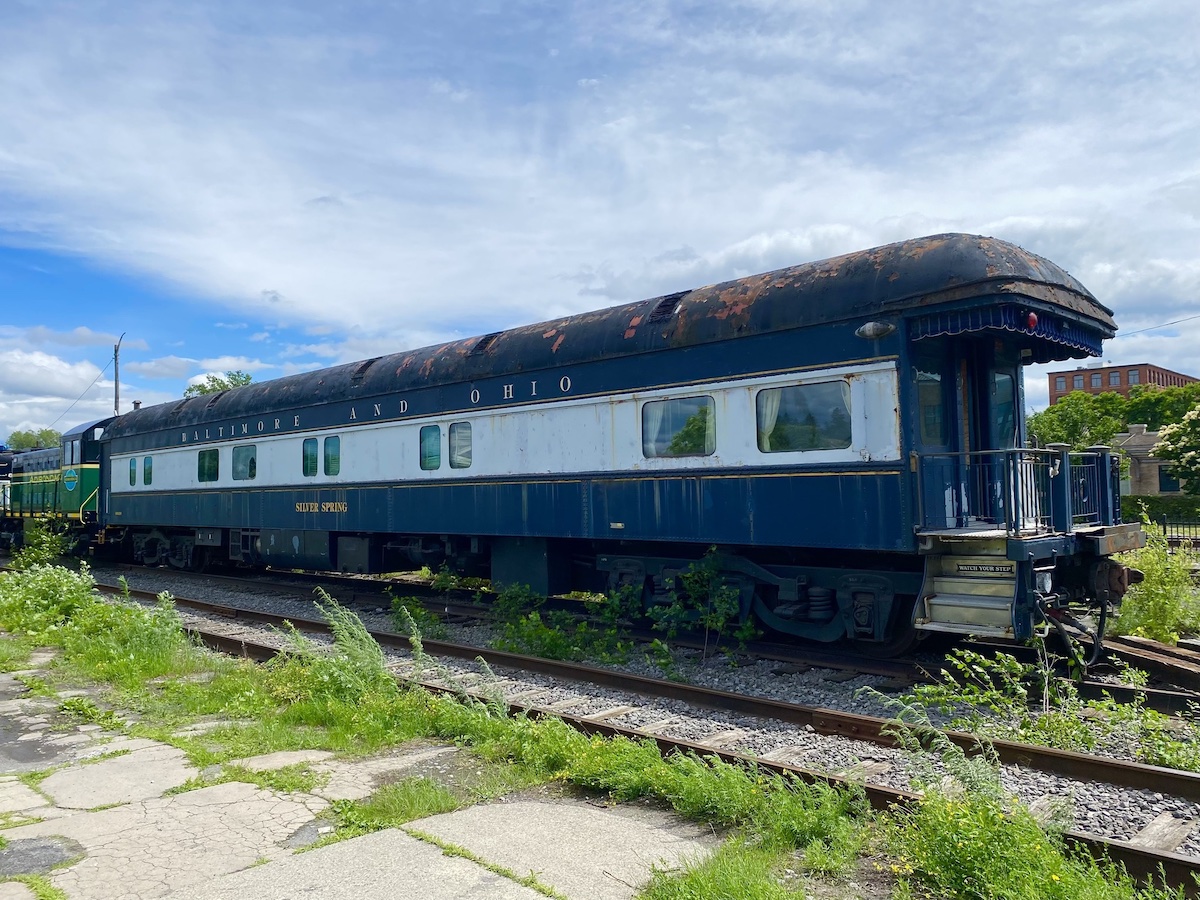
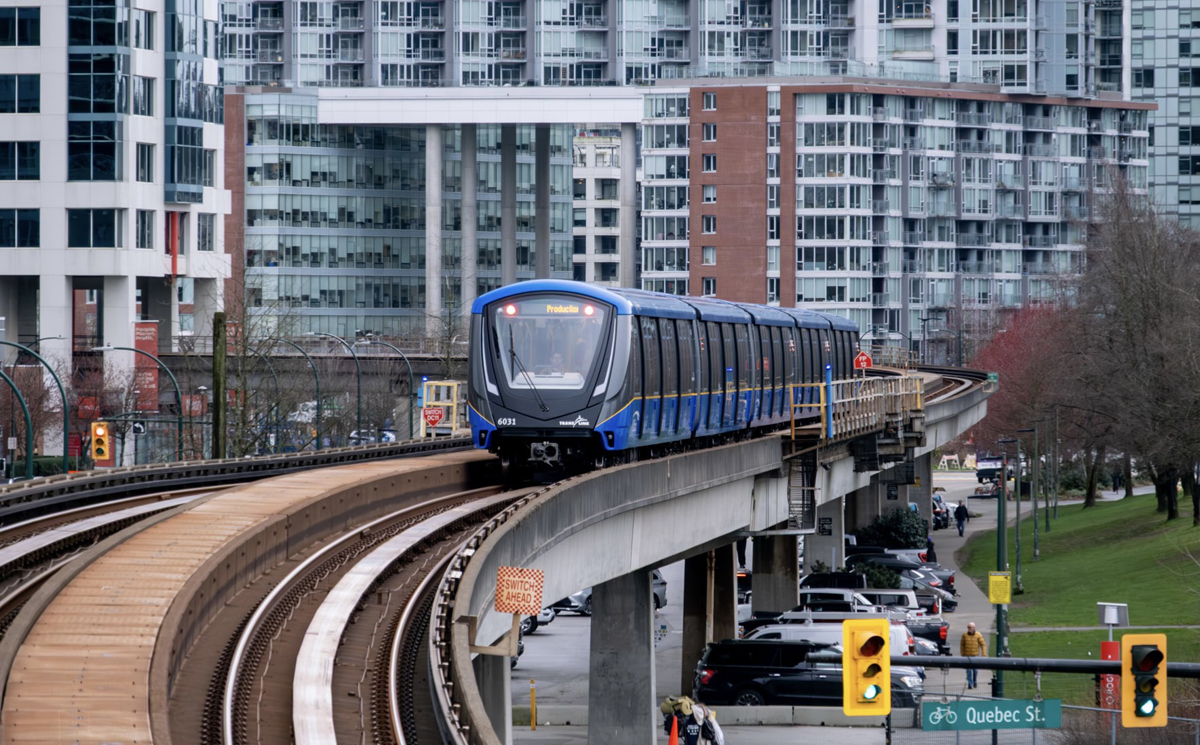
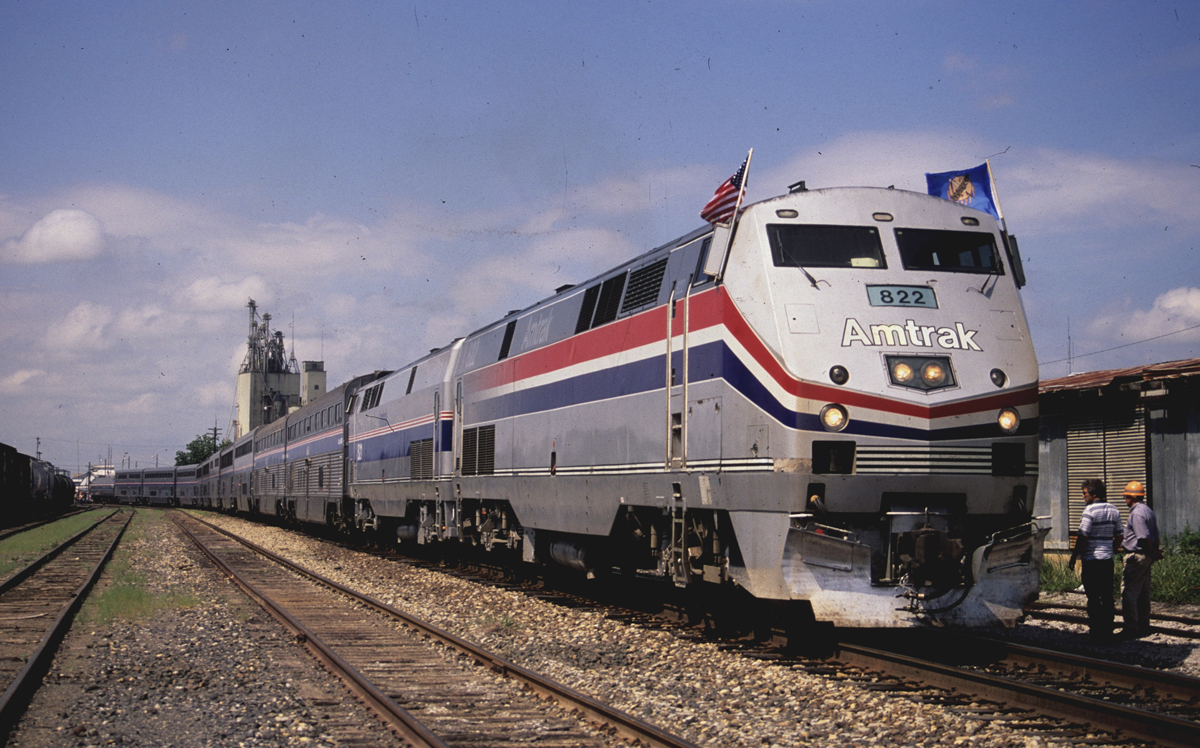
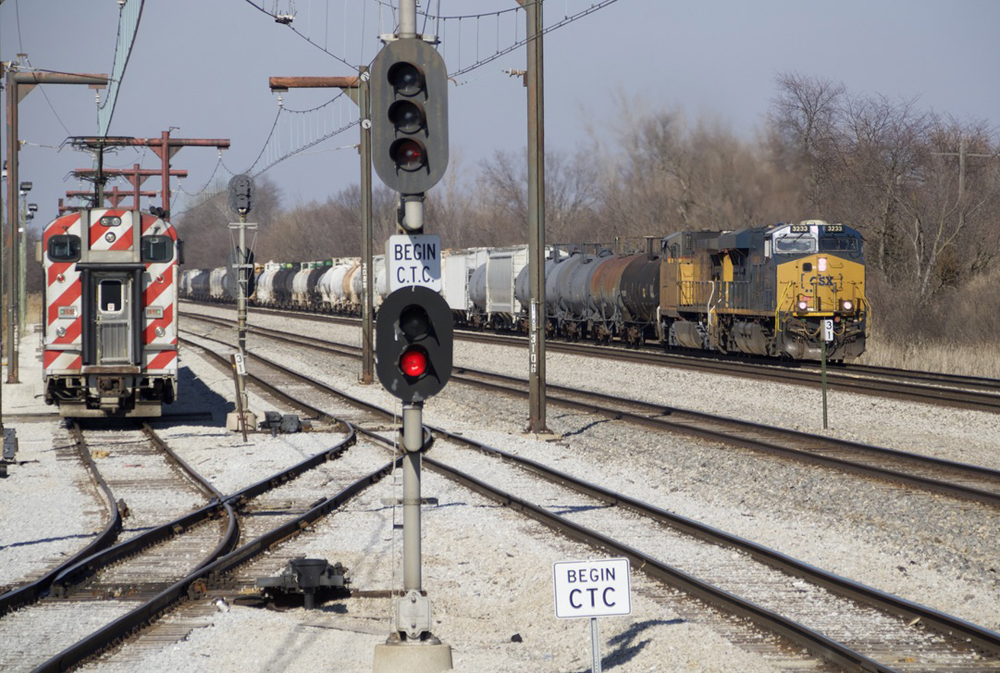




These issues are what drove the head of the San Joaquin Joint Powers Authority to testify before Congress last year that they would like to drop Amtrak as the operator of the San Joaquin trains because of the complete lack of transparency on costs by Amtrak.
Soapbox moment: Have Amtrak become the FAA of the rails to manage the operation of state sponsored or private franchised operators and be the traffic cops, just like the FAA has air traffic control.
Get Amtrak out of the running trains business , let them manage the network, certify new trainsets and establish standards for passenger rail.
Develop a revenue model that collect fees through ticket sales (just like how airport gates are paid for), fuel or electric sales taxes and express mail/small package fees. If a state wants service to some particular locale and connect it to the national network, they they have to fund the rail installation. If the ticket revenue can’t cover it, then the state has to make up the difference.
That is how the FAA handles small town airports where there aren’t enough flights to cover its costs to man the tower.
If the state is unwilling, the local government will have to pony up the dough, and they do for airports.
The line that says, “issues remain unresolved on sharing capital expenses for infrastructure, such as station maintenance.” Are Not these totally separate funds that are required to be separate?
Charles, you are right that higher level governmental entities send money down the chain, but what would you call it on the side of the receiving entity other than a kind or revenue. In many cases citizens of one state pay more in federal taxes than they get in return; is that a subsidy? Or is it part of being a citizen of the whole US? It is false naming to call it a subsidy and imply there is something dishonest about it. We are not individual islands we are a part of a whole.
I see your point, Maynard. Let me rephrase my previous point. It’s one thing for the federal government to help out where needed ….. for example when I was in school (several centuries ago) the feds helped out school districts impacted by military families (thus school age population) not in a position to pay school district taxes.
It’s a whole other situation when every local unit of government is subsidized by federal money. With very few and very small exceptions, state and local units of governments (trannsit districts, etc.) are required to balance their budgets. The federal government obviously is not so required. So guess where the money comes from? Federal dollars which are borrowed, thus not revenue. At some point this has got to be contained.
Or we could put Taxes back to where they were when GWH Bush was president. Or even when Billy C was or even when W was.
I will put this problem into the wider context. Amtrak’s failure to gain fiscal traction in its first decades led to the rail system casting a wider net for subsidies. In other words, the national system couldn’t live with only the annual billion or two from Congress each year. So Amtrak had to turn to the states for more money to support what was supposed to be a national system. This created a built-in sets of state – vs. – national conflicts.
Even given that all parties act in good faith, there are going to be problems.
It has also led to an accounting system that in the private sector would lead to prosecution. Subsidies are counted as “revenue”. That’s hardly confined to trains. Every state, municipal, county, school district, transit district budget, from Key West to Alaska, Maine to American Samoa, USVI to Guam, is kept afloat by federal subsidies ….. subsdies that the local units of government count as “revenue”.